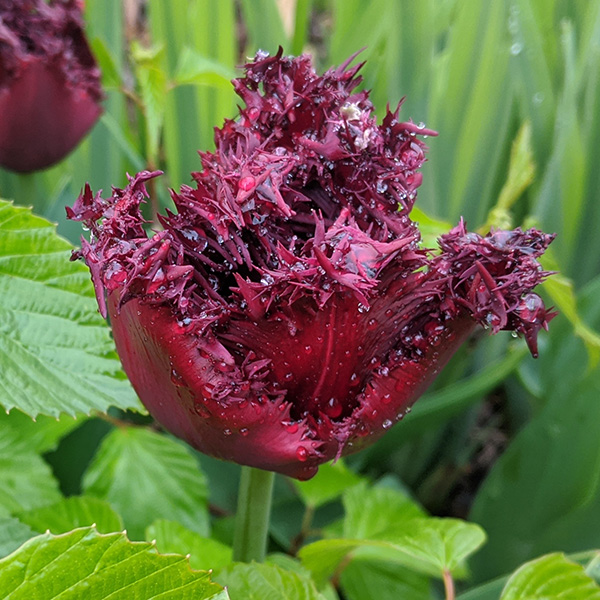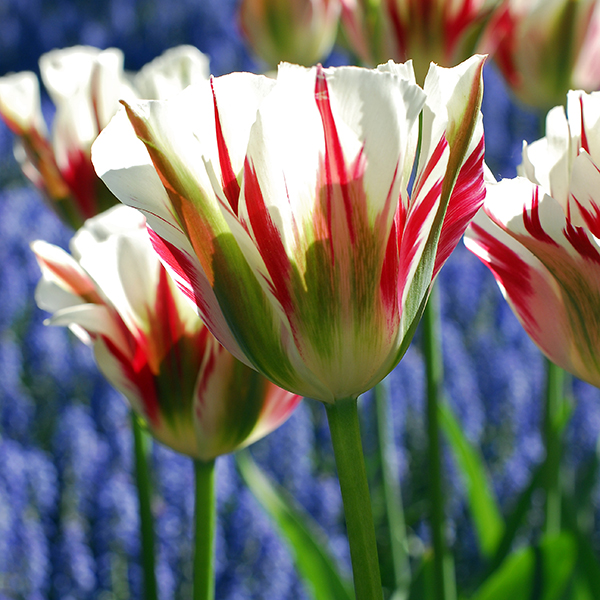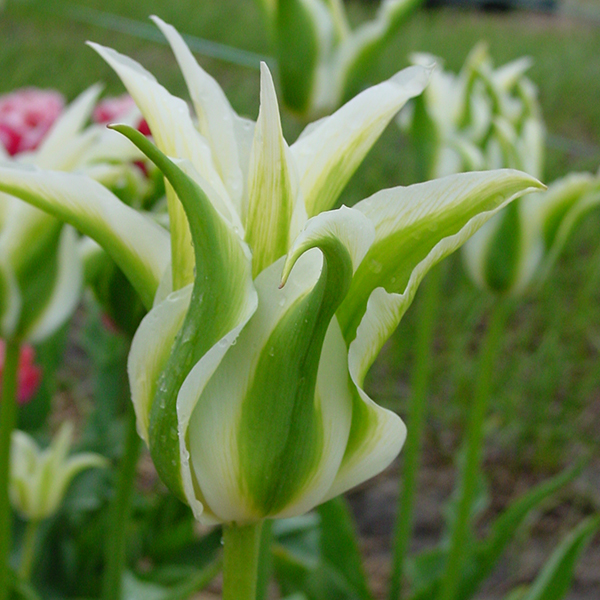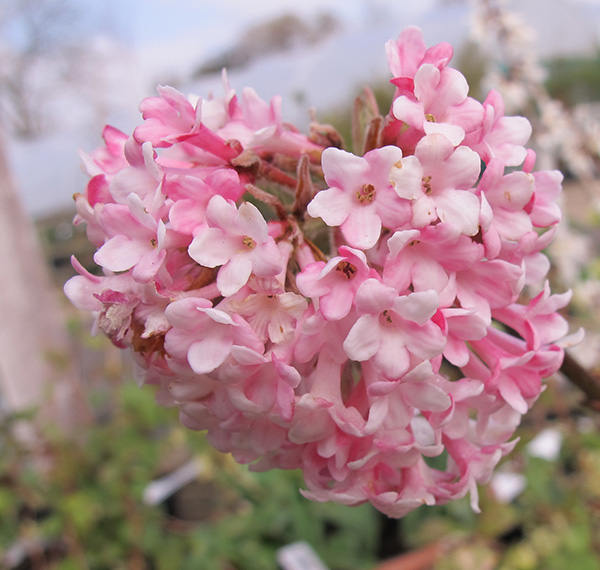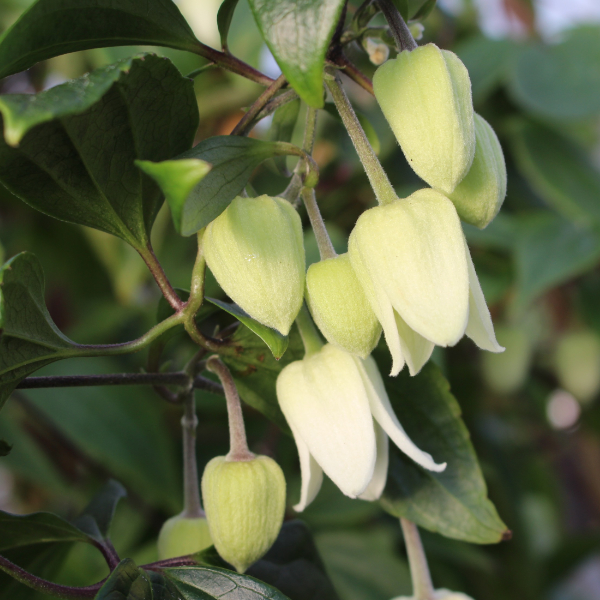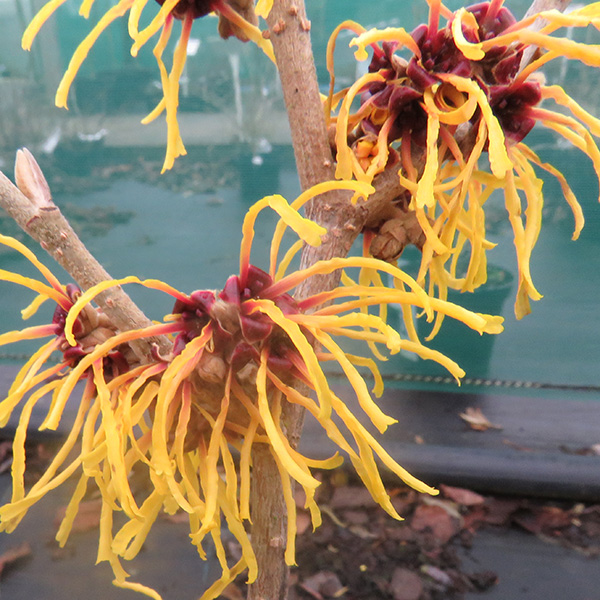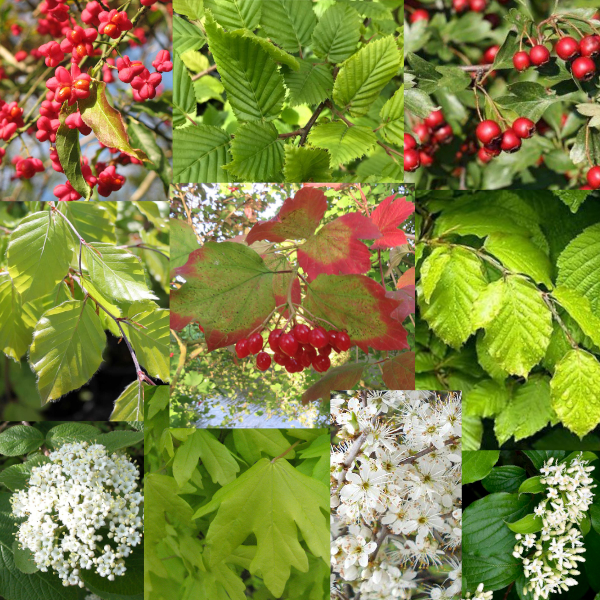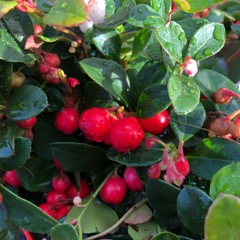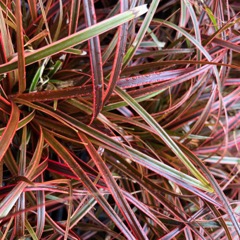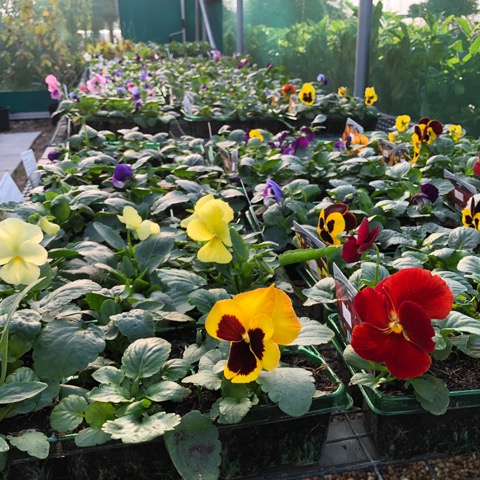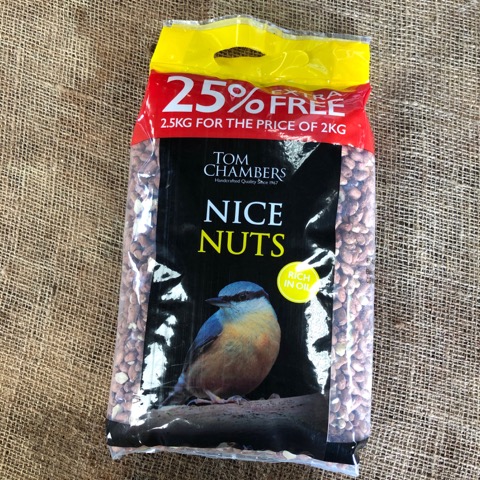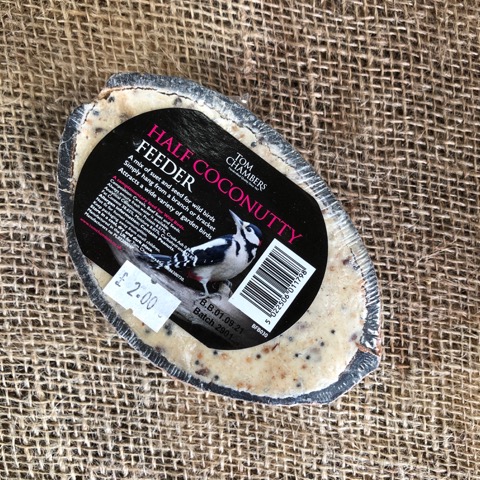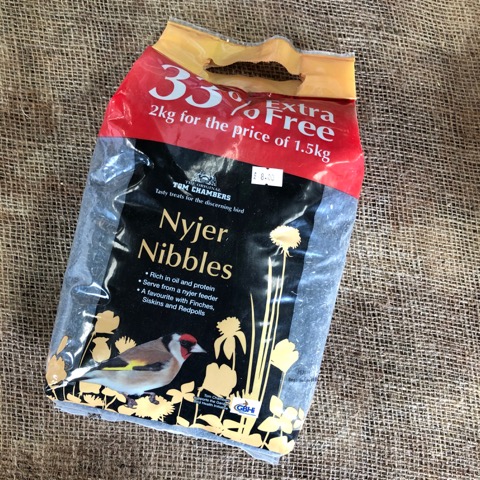.jpg)
Garden Jobs in November 2020
Despite the short days and sometimes bleak weather, the November garden can still deliver some delight just when we need it, with late flowering blooms, vibrant stems and plump berries sparkling with frost in the late autumn sunshine . . .
1. Plant tulip bulbs this month. Now the temperature has dropped, it's the perfect time to create a superb display next year in borders and containers. Ensure bulbs are planted to the correct depth of at least three times the height of the bulb. Click here to browse our selection.
2. Keep your alpines dry. Alpine plants are well equipped to cope with cold temperatures and even a layer of snow, but heavy winter rain will increase the risk of rot. Using a vented cloche to keep them fairly dry is ideal.
3. Create your own magical garden scene in winter by including plants that shine bright on dull days. Include winter flowering shrubs, such as Viburnum x bodnantense Dawn, with her beautiful pink winter blossoms, or winter flowering evergreen climbers such as Clematis urophylla Winter Beauty with her delicate white bells. Vibrant winter stems create a stunning effect especially when planted in groups, such as Cornus sanguinea Midwinter Fire. Choose a Hamamelis with bright spidery flowers to plant in a pot on the patio for a focal point with a difference. For more Winter Garden Ideas, click here.
4. Cut back climbing roses, reducing all whippy growth back to the main stems to an outward facing bud. Tie in the main frame to reduce damage over winter.
5. Create your own mini orchard! Even the smallest of gardens can become a productive mini orchard. We have everything from full size trees to half standards, fan trained and cordons. Be adventurous and try out a 'Family Tree' with 3 types of apple, or perhaps an Aprium (cross between an apricot and plum), or stick with the traditional favourites like Victoria Plum and Cox Apple. Check out our huge selection of fruit trees and bushes here.
6. Rake up any leaves that have fallen and add them to your compost or store them in hessian sacks out of sight. Large or evergreen leaves will break down much quicker if you are able to shred them.
7. Plant bare-root hedging this month. Keep an eye on our website to see when our stock arrives. We have a wide selection that sells fast, so order yours now to avoid disappointment.
8. Plant up some fab winter containers for displays that can be viewed from the warm or by your front door, where they can be enjoyed every day. Choose winter flowers, such as Helleborus, or pretty berries like skimmia japonica reevesiana and mix with evergreen grasses, such as Uncinia uncinata rubra everflame and vibrant winters pansies and violas.
9. Pruning of apples and pears can be started this month. Click here for advice sheets.
10. After tidying up beds and borders, add a layer of mulch and allow the worms to cultivate your soil through winter. Not only does this look neat and tidy, but it helps to insulate the soil and protect roots, tubers and bulbs from freezing.
11. Feed the birds regularly and keep water baths topped up. Ensure a good selection of foods to encourage a broad spectrum of our feathered friends. Niger seeds, sunflower seeds and peanuts, fat balls and fruit, such as halved apples (a favourite with blackbirds). Click here to browse our selection of bird food.
12. It's a good time to check tree ties and stakes. Ties may have become tight as the tree grows and will need loosening to avoid damage to the trunk.
13. Wrap up tender exotics, such as tree ferns and banana plants with a layer of fleece or hessian, packed with straw to protect the crowns.
14. If you are not able to lift tender tubers, such as dahlias, eucomis, begonias and gladioli ensure you cover with a deep layer of fine mulch, such as leafmould fine ground bark or well rotted manure.
15. Protect your slightly more tender herbaceous perennials, such as some penstemons, salvias, alstroemeria, etc. Leave as much foliage as possible over winter and apply a thick layer of mini chip bark around the base as this will protect the crown of the plant, and the roots underneath. It is also a great idea to take some cuttings as an insurance, just in case the winter is harsh this year.

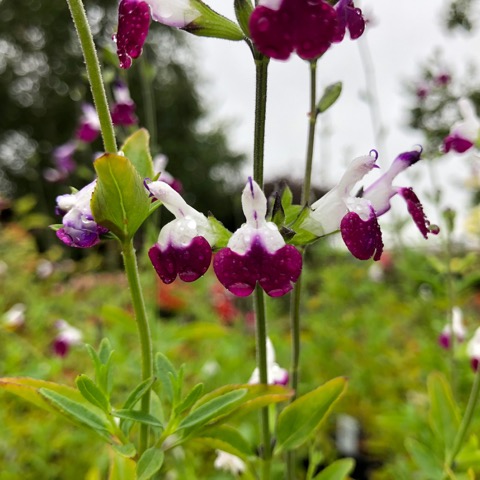
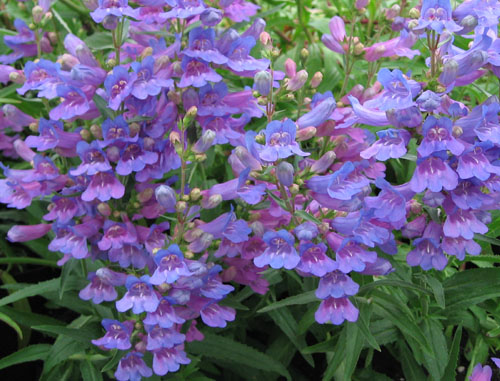
16. If you still have tender pelargoniums or summer pots outside, get them in a greenhouse quick before winter arrives.

